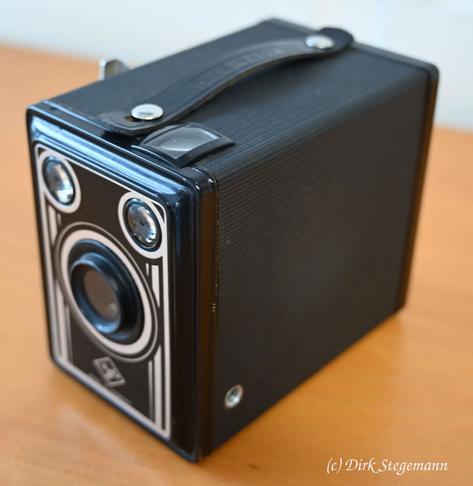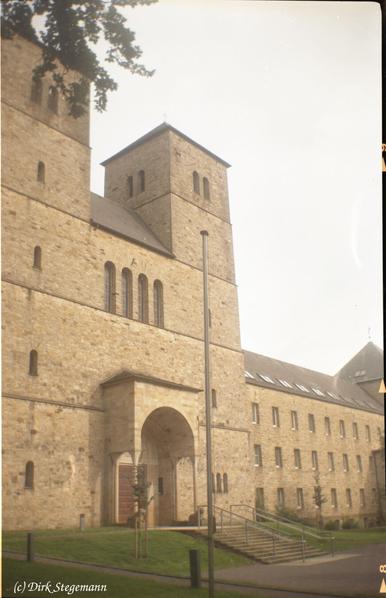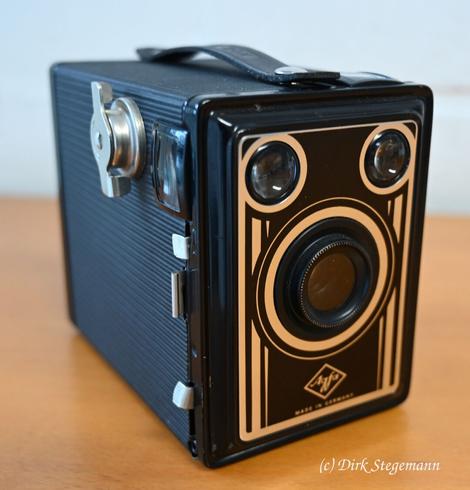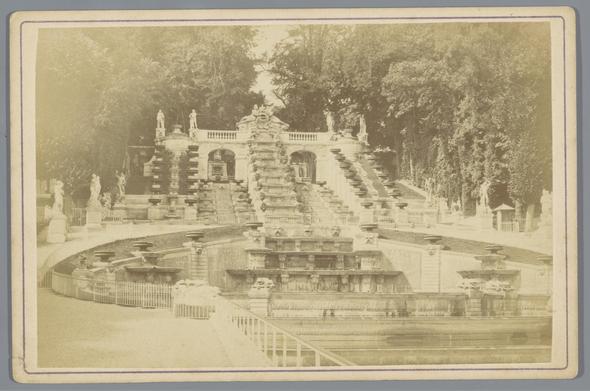The Agfa Box 50 – A Classic of Medium Format Photography
The Agfa Box 50 is a classic box camera produced by Agfa from 1949 to 1951. During this time, almost 600,000 units were manufactured. It is part of the long tradition of Agfa box cameras, known for their simple handling, robust construction, and characteristic image look.
Technical Specifications
Film Format: 120 roll film (6x9 cm negatives)
Lens: Simple meniscus lens
Apertures: Two settings (approx. f/11 and f/16)
Shutter Speed: Approx. 1/30 second + B-mode for long exposures
Viewfinder: Two simple mirror viewfinders for portrait and landscape orientation
Body: Metal housing with leatherette covering
Handling and Usage
The Agfa Box 50 is known for its straightforward operation. It is particularly suitable for beginners in analog photography or lovers of the classic box camera look. The photographer simply needs to load the film, use the viewfinder to frame the subject, and press the shutter release. Thanks to the B-mode, long exposures are also possible, allowing for creative night shots or light painting experiments.
Image Characteristics
The Agfa Box 50 produces a nostalgic image look with soft sharpness and slight vignetting around the edges. Due to its simple lens, the image quality does not compare to modern cameras, but this analog charm is precisely what makes the camera so appealing. Black-and-white films particularly enhance this vintage aesthetic.
Historical Context
The Agfa Box 50 was a slightly modified version of the pre-war Box 45, differing externally with additional silver decorative stripes on the front. In 1951, it was replaced by the Synchro-Box (Box 600), of which approximately 1,630,000 units were produced until 1957. The selling price of the Agfa Box 50 was 9.90 DM, which contributed to its great popularity.
Conclusion
The Agfa Box 50 is a piece of photographic history and offers a wonderful opportunity to experience the aesthetics of the 1950s. It is easy to use, reliable, and a valuable asset for anyone interested in classic analog photography. Those who appreciate the unique style of this camera will have a lot of fun with it!
#AgfaBox50 #Agfa #BoxCamera #MediumFormat #120Film #AnalogPhotography #FilmPhotography #VintageCamera #ClassicCamera #AnalogueLove #ShootFilm #FilmCommunity #RetroPhotography #OldCamera #PhotographyHistory







